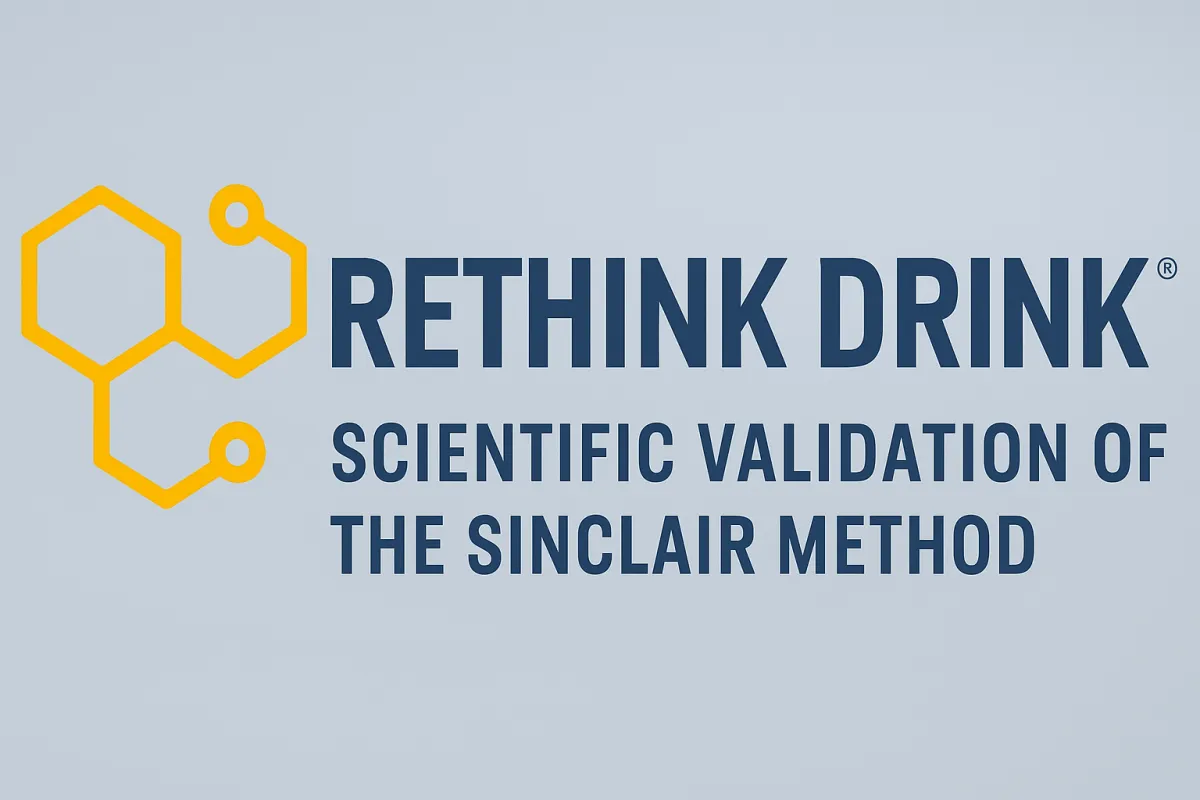
Sinclair Method Studies
The Sinclair Method: Proven Through Rigorous Clinical Research
The Sinclair Method (TSM) is an innovative, evidence-based approach for managing alcohol dependence. Instead of complete abstinence, it employs pharmacological extinction—using oral naltrexone to gradually sever the brain’s association between alcohol and reward. This article examines the scientific foundation behind TSM, drawing on nearly three decades of peer‑reviewed trials, neuroimaging research, and systematic reviews.
1. Foundational Double‑Blind, Placebo‑Controlled Trials
Volpicelli et al. (1992) conducted a pivotal 12‑week double‑blind, placebo‑controlled trial involving 70 recently detoxified alcoholic patients. Participants received 50 mg oral naltrexone daily in addition to counselling. The naltrexone group experienced significantly lower cravings, far fewer drinking days, and relapse rates of just 23%, compared with 54.3% for placebo (pubmed.ncbi.nlm.nih.gov). Crucially, the medication worked for those who continued drinking during treatment—key evidence for the extinction effect.
O’Malley et al. (1996) replicated these findings. While naltrexone plus coping‑oriented therapy reduced heavy drinking and craving, it offered no additional benefit when paired with abstinence‑focused support . These early studies confirm that naltrexone needs to be taken before drinking to achieve its full effect.
2. Subjective & Behavioural Effects in Real Time
Subsequent clinical reviews of oral naltrexone report that treated individuals experience weakened euphoria from alcohol, diminished enjoyment, and reduced craving (sciencedirect.com). These acute effects occur because naltrexone blocks the opioid receptors that mediate alcohol’s pleasure responses.
3. Neuroimaging Evidence: Impact on Brain Reward Pathways
Myrick et al. (2008) employed fMRI to assess 50 mg/day oral naltrexone’s effect on alcohol‑cue reactivity. After seven days, naltrexone significantly lessened blood-oxygen-level-dependent (BOLD) activity in the ventral striatum—a reward-centric brain region—compared to placebo (P = .049). It also notably decreased reported craving (ymj.kr).
Giving this further weight, a large 152‑subject randomized clinical trial showed that two weeks of oral naltrexone significantly reduced cue‑induced ventral‑striatal activation and continued to suppress heavy drinking over 16 weeks. Furthermore, reduction in neuroimaging signal early in treatment predicted better outcomes (nature.com).
Another replication study (2021) confirmed that individuals with higher baseline striatal activation had markedly better relapse‑free survival when treated with oral naltrexone versus placebo (HR = 0.14, p = 0.022) (link.springer.com). Together, these findings solidify neural cue‑reactivity as a legitimate biomarker for naltrexone response.
4. Meta-Analyses & Consolidated Reviews
The Cochrane Database and other systematic reviews confirm that oral naltrexone yields a modest but statistically significant reduction in heavy drinking days and relapse rates among individuals who remain actively drinking during medication therapy (link.springer.com). Critically, these reviews highlight that the targeted pairing of naltrexone with alcohol intake, rather than blanket abstinence, underpins its effectiveness.
5. Real‑World Open‑Label Programmes
Open-label observational programmes—where individuals self-administer oral naltrexone before drinking while being monitored—report success rates between 70–80%. Participants typically sustain controlled drinking or abstinence within 3–4 months .
6. Mechanism: Pharmacological Extinction Through Oral Dosing
Research consistently supports the concept of pharmacological extinction: alcohol paired with naltrexone leads to reduced positive reinforcement, weakening addictive behavioural loops over time. The oral route—a pill taken approximately one hour before drinking—is essential: every treated drinking episode contributes to unlearning (ymj.kr).
Studies also show that missing doses correlates with reduced effectiveness, emphasising the need for consistency .
7. Limitations & Clinical Considerations
Liver safety: The most common side effects include mild nausea, headache, or fatigue. Liver function should be checked before and during treatment .
Dose timing: To harness the extinction principle, naltrexone must be taken before drinking. Irregular dosing can diminish efficacy .
Individual variation: Not everyone benefits equally. Those with stronger cue‑induced striatal activation tend to respond better, and smokers may sometimes experience greater benefits (link.springer.com).
8. Registry of Key Studies
Reference Design Dose Key Findings Volpicelli et al. 1992 12‑week DBPC 50 mg/day oral Craving ↓, drinking days ↓, relapse 23% vs 54% (pubmed.ncbi.nlm.nih.gov, pmc.ncbi.nlm.nih.gov, link.springer.com) O’Malley et al. 1996 DBPC + therapy 50 mg/day Reduced heavy drinking with coping therapy only Myrick et al. 2008, Arch Gen Psychiatry fMRI DBPC 50 mg/day Decreased striatal activity and craving Kranzler et al. 2017, Neuropsychopharmacology RCT, n = 152 50 mg/day Cue‑reactivity predicted success; heavy drinking ↓ Replicated study 2021 RCT, n = 44 50 mg/day High striatal activation + naltrexone = longer relapse-free survival Cochrane & reviews Meta‑analyses Oral only Modest efficacy in reducing relapse/heavy drinking days
9. Integrating the Evidence: Why Oral Naltrexone Rules TSM
Theory, from behavioural psychology, matches real-world results: taking a pill before drinking interrupts the reward pathway. Each drinking session becomes a learning opportunity—a chance to rewiring behaviour through extinction. The combined evidence outlined here—from craving reduction to fMRI changes and relapse data—forms a cohesive picture supporting oral-anterograde naltrexone as the cornerstone of TSM.
10. Conclusion: Strong Evidence, Empowered Choices
The Sinclair Method is far stronger than anecdote. Nearly 30 years of rigorous oral naltrexone trials—double-blind, therapeutic, neuroimaging and systematic—show that pharmacological extinction is a powerful, evidence-based approach to alcohol dependence. For those who wish to regain control flexibly rather than commit to total abstinence, TSM backed by oral naltrexone presents an effective, empirically supported path.
